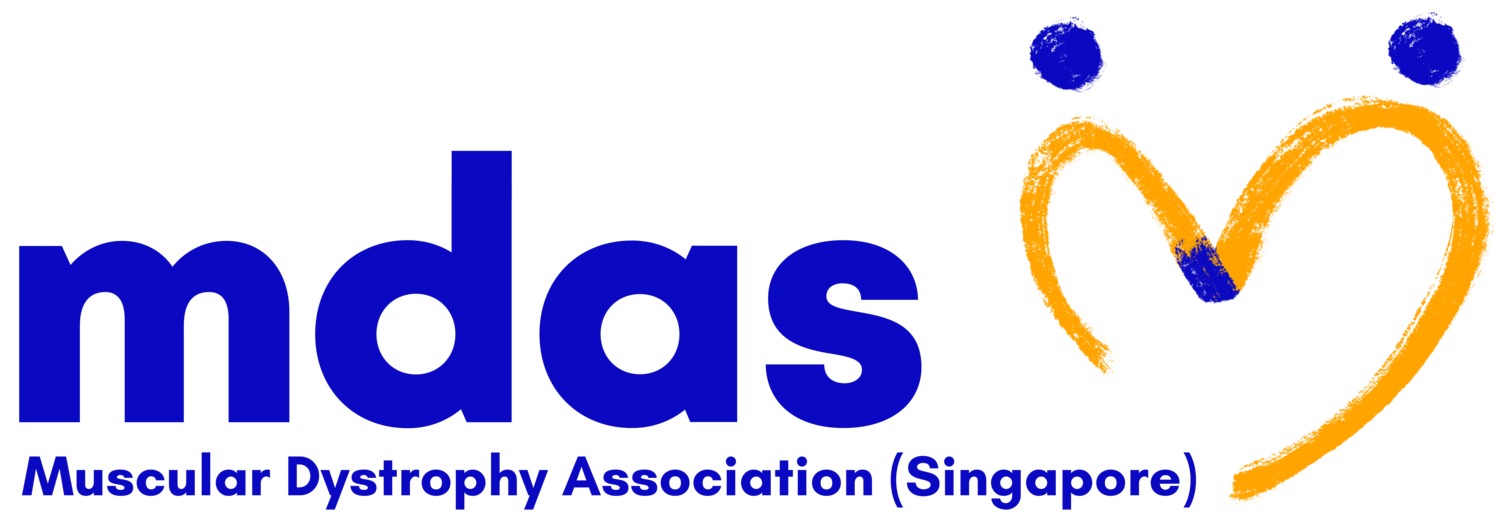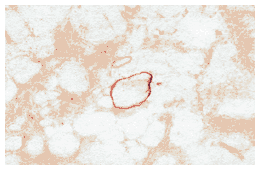Faced with a diagnosis of muscular dystrophy, patients and families invariably ask – “What causes muscular dystrophy?” One of the first things they need to understand is that there are so many different forms of muscular dystrophies and that each has its own cause. Over the years, we’ve improved our understanding of what causes many forms of the disease. The muscular dystrophy for which we have the most answers is Duchenne muscular dystrophy. Indeed, it is the first muscular dystrophy of which the scientific basis of the disease has, more or less, been worked out. In this article I will attempt to explain step by step what actually happens in the muscle to cause DMD. Scientists are studying the process in a similar vein to try to unravel the causes of most — if not all — the muscular dystrophies!!
It has long been known that the gene responsible for Duchenne muscular dystrophy (DMD) resides somewhere in the X chromosome. The chromosomes that determine sex are the X and Y chromosomes. Boys have a Y chromosome paired with an X chromosome, while girls have a pair of X chromosomes. This would explain why the disease is sex-linked, occurring in boys and not girls. When boys inherit an X chromosome with an abnormal DMD gene, they develop the disease because they do not have a normal DMD gene on the Y chromosome to compensate for this abnormality. If a girl inherits an X chromosome with an abnormal DMD gene, her other X chromosome has a normal DMD gene to compensate for the abnormal gene, so she will not develop the disease.
16 years ago, the gene involved in DMD was precisely located on the X chromosome and its structure identified. The discovery was a major breakthrough in our understanding of the disease. It also heralded the tremendous burst of discoveries that were to follow and that continues to this day in the field of muscular dystrophy. Like pieces of a jigsaw puzzle falling into place, this discovery led to a sequence of discoveries that revealed the basis of the disease, not just in DMD, but also in Becker muscular dystrophy and several forms of limb girdle muscular dystrophy.
First of all, when the gene for DMD was identified, it was quickly revealed that this was the same gene responsible for Becker muscular dystrophy (BMD). This association was already suspected at the time, because BMD shows many common features with DMD, except it was a much milder disease. Like DMD, it was X-linked, and showed the same pattern of muscle involvement. However, only with the identification of the DMD gene was it possible to prove this beyond doubt. At the same time, it was shown that though DMD and BMD were caused by abnormalities in the same gene (known as mutations), the mutations causing DMD were not the same as those causing BMD.
Identifying the DMD gene allowed scientists to go one critical step forward. It allowed scientists to determine the protein made from the DMD gene. Genes can be likened to specific codes for proteins that are used by cells in the body to manufacture these proteins. Each and every protein in the body is coded by a specific gene. Thus, when the structure of the DMD gene was discovered, the protein coded by this gene could be reconstructed. The reconstructed protein was given the name dystrophin.





